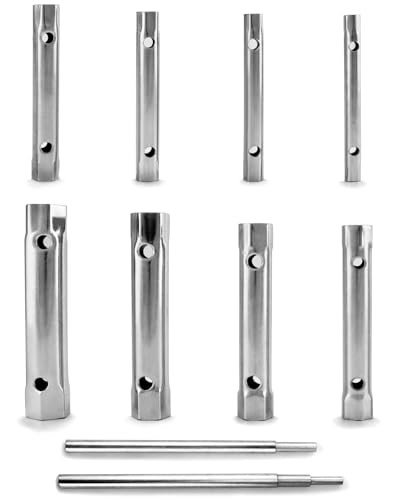markusg
Active member
Hi All,
Has anyone wired a NEMA 15-30R plug to one of the discounted Bosch chargers? I'd prefer to avoid hiring an electrician if I can.
Has anyone wired a NEMA 15-30R plug to one of the discounted Bosch chargers? I'd prefer to avoid hiring an electrician if I can.






















![4 Ports Fast Car Charger,[Upgrade Voltmeter Display] PD+QC3.0 Car Charger Adapter for 12-24V Cigarette Lighter Plug,Car Phone Charger Compatible with iPhone/Android/Samsung/iPad(QC3.0+PD+2.4A+2.4A)](https://m.media-amazon.com/images/I/41fxaOeWS4L._SL500_.jpg)

